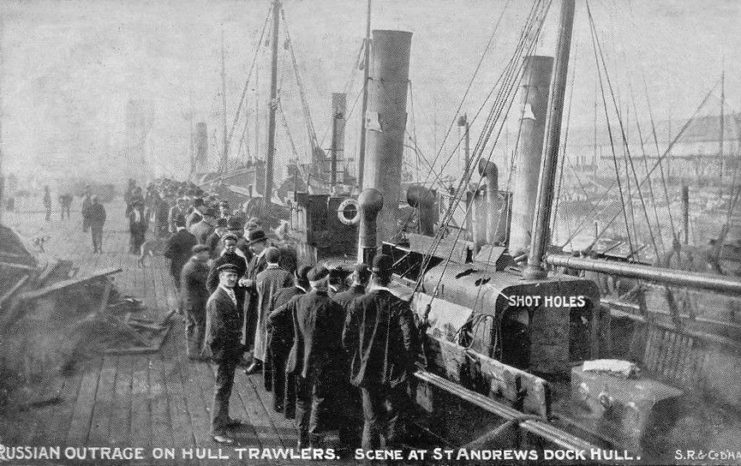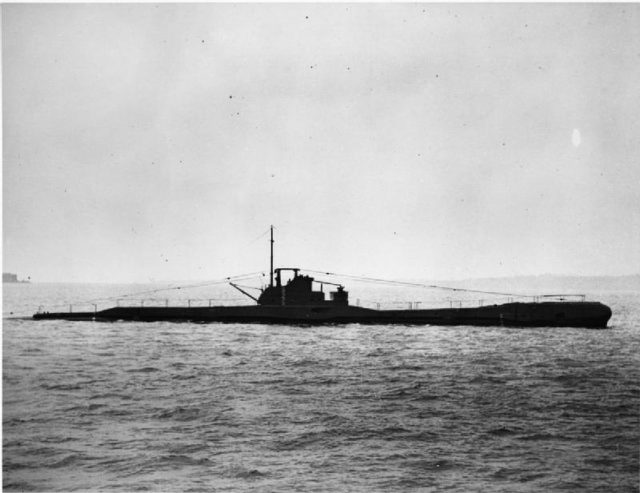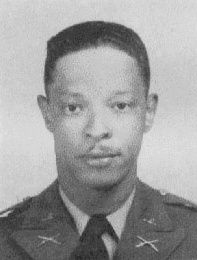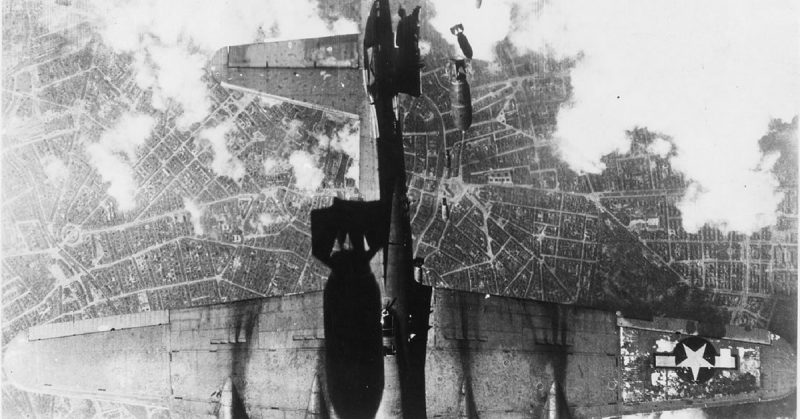Since the early 1990s, the general public has been very aware of the term friendly fire. Incidents between coalition troops in the Gulf brought the phrase and its deadly meaning into the headlines. Suddenly, everyone knew that troops sometimes hit their own side.
Friendly fire is not a new problem. As long as there have been guns, there have been friendly fire incidents.
The Death of Stonewall Jackson
The shooting of Confederate General Thomas “Stonewall” Jackson is one of the most significant friendly fire incidents in history.
On May 2, 1863, Confederate and Union forces began five days of fighting at Chancellorsville. The American Civil War was at its height. Although outnumbered two-to-one, the Confederate army was better led. At its head was Robert E. Lee. His right-hand man was Stonewall Jackson.
On the first day of the battle, Jackson led a flanking maneuver around the Union right flank. It was a decisive move which sent the Union men reeling. Unusually, fighting went on into the night.
Wanting to maintain momentum, Jackson took several officers ahead of the lines to reconnoiter for another attack. As they returned, nervous confederates mistook them for Union soldiers and opened fire. Jackson was hit twice in his left arm which was amputated, but it was not enough to save him. Pneumonia kicked in; infection was a common problem among wounded soldiers of the era. Eight days later he died.
Jackson’s death deprived the Confederacy of one of its most daring, if erratic, commanders. Lee lost his good right hand.
The Dogger Bank Incident
On the night of October 21, 1904, battleships of the Russian fleet were caught in fog in the North Sea. When they spotted other ships in the mist, they thought they belonged to Japan, with whom Russia was at war. The Russians opened fire, hitting a group of British trawlers and two of their own cruisers. The incident almost started a war between Britain and Russia.

The Arrival of Aeroplanes
In August 1914, as WWI erupted, Britain’s Royal Naval Air Service sent unarmed reconnaissance aircraft to France. Unfortunately, troops on the ground had no way of knowing which side they belonged to. Friendly forces fired at the planes.
The British promptly painted Union Jack flags onto the underside of their planes’ wings, so their comrades on the ground would know who they were. It was replaced by the roundels adopted by Allied flyers during the war.
Falangists Versus Friends
During the Spanish Civil War, inexperienced volunteers from all over the world signed up to fight for both sides. In those circumstances, it was easy for mistakes to be made.
In 1937, a Falangist unit opened fire on the Nationalist Irish Brigade. Both units were there to fight for Franco’s far-right regime, and neither had seen combat before. An hour-long firefight ensued, leaving 17 dead.
The Sinking of the Oxley
On September 10, 1939, just after the start of WWII, the British submarine HMS Triton spotted another submarine off the coast of Norway. When that vessel did not answer their challenge, the crew of the Triton assumed it was a German U-boat. They fired two torpedoes, sinking the other boat.
Unfortunately, it was not a U-boat. It was another British submarine, the HMS Oxley. Only two of its 54-man crew survived. The incident was kept secret until the 1950s.

Bio-Weapons in China
Between May and September 1942, 10,000 Japanese soldiers taking part in the Zhejiang-Jiangxi Campaign fell ill. Around 1,700 of them died. It was not as the result of a naturally occurring disease. The Japanese had deliberately spread cholera, typhoid, dysentery, and plague to attack Chinese soldiers and civilians. Unable to control the diseases, they had suffered as the attack rebounded on them.
Fox’s Self-Sacrifice
Just occasionally, a friendly fire incident happens on purpose.
On December 26, 1944, First Lieutenant John R. Fox of the US 366th Infantry Regiment was part of a forward observer group on the Italian front. His job was to call directions to artillery firing from behind the American lines. As German troops overran the village of Sommocolonia, Fox’s unit was cut off. It became apparent they would be overwhelmed.
Fox called in an artillery strike on his own position. He knew he would be killed but so would the German forces around him.
Fox’s self-sacrifice bought the Americans time to regroup and retake the village. He was posthumously awarded the Medal of Honor in 1997. In 2005, toy company Hasbro produced an action figure of him.

Israel’s First General
Mickey Marcus, a colonel in the US Army, went to Israel in 1948 to assist in the Arab-Israeli war. He became Israel’s first modern general, but his career with the Israelis was cut short on June 10 that year. Returning to an Israeli position at night, he was mistaken for an enemy infiltrator and shot.
ANZACS in Vietnam
In the drawn-out chaos of the Vietnam War, just as in WWII, there were dozens of friendly fire incidents. They included one such incident on February 6, 1967, when New Zealand artillery accidentally fired 12 rounds on a company from the Royal Australian Regiment, killing four and injuring thirteen.
1991 Gulf War
The Gulf War was when the phrase “friendly fire” came into the public consciousness. With better awareness of what was happening and more scrutiny from the media, such incidents were more likely to be identified and reported. During the Battle of 73 Easting, there were several friendly fire incidents. They resulted in the wounding of 57 American soldiers but no fatalities.
